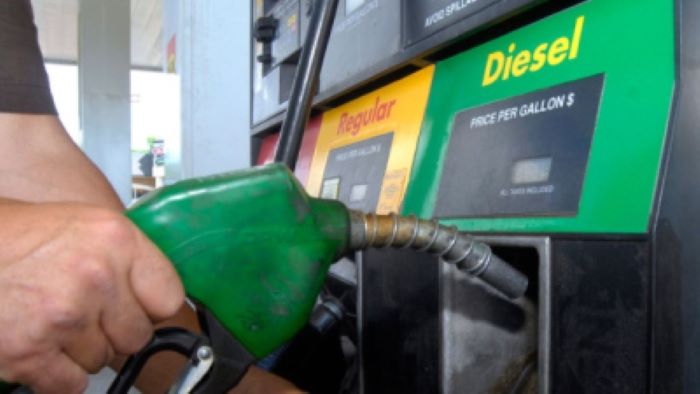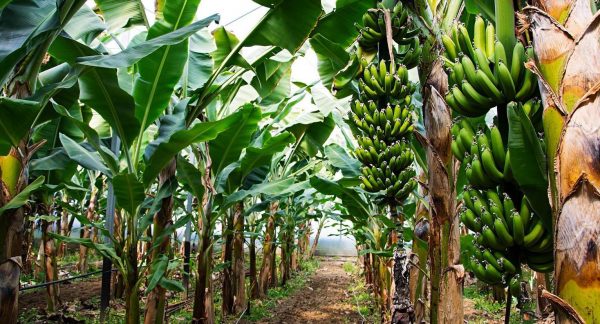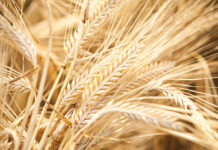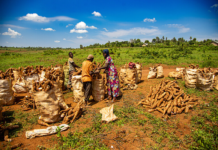Paul Makube, Senior Agricultural Economist at FNB
South Africa – In just over a week’s time, the planting of summer crops particularly maize begins in the eastern producing areas of the country. The weather outlook is quite positive with a La Nina in the offing, a pattern characterised by above-normal rainfall for the Southern Africa region. Moreover, commodity prices are currently strong with maize above R3200/ ton and almost 34% higher year-on-year (y/y) and interest rates are at record lows.
The drop in fuel prices comes at the right time and coupled with the above-mentioned factors will afford farmers an opportunity to expand their operations in the 2020/21 crop season. South Africa’s total summer grain and oilseed planted area for the 2019/20 crop season was 2.91 million hectares and this is likely to increase for the 2020/21 season.
Citing a decrease 8.8% in international crude oil prices and the 3.2% strengthening of the rand exchange rate from the previous month, the Department of Energy made a downward adjustment to fuel prices. The 95 ULP and LRP both declined by 23 cents per litre (c/l) at R14.66/l (Inland) and R14.06/l (Coastal), while both the 95 ULP and LRP dropped by 32 c/l at R14.86/l (Inland) and R14.16/l (Coastal) from the 7th of October 2020. The 0.05% and 0.005% sulphur content diesel grades decreased by 90 c/l and 93 c/l respectively to R12.38/l and R12.39/l.
With agriculture activity likely to increase in the near term, the decrease will help reduce cost of operations across the value chains that manifest differently from planting, harvesting, distribution and packaging. Grain producers and logistics companies in the agriculture value chain will benefit, for example, over 80% of grain is transported by road. Hopefully, these benefits would trickle down to the consumer in the current tough economic environment through limiting the upswing in inflation.








